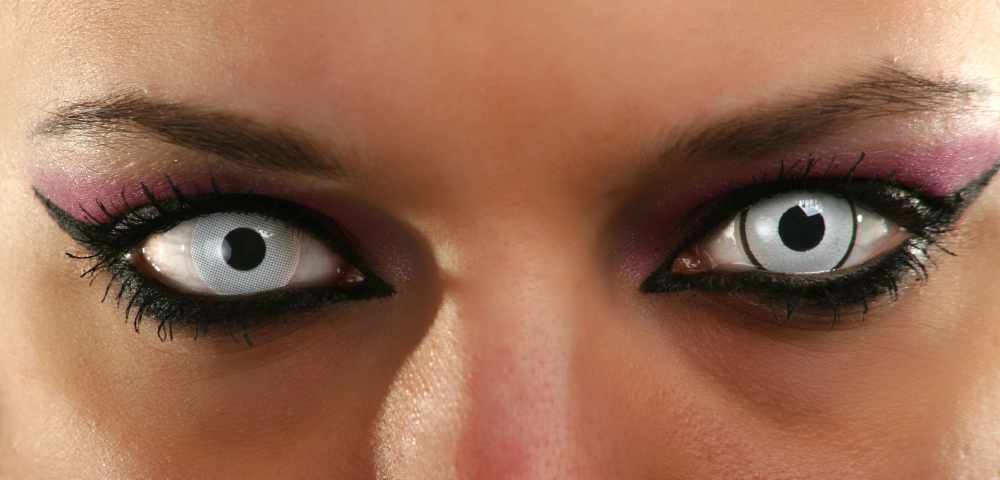Flash Fiction: Stories under 2,000 words. ... Part poetry, part narrative, flash fiction–also known as sudden fiction, micro fiction, short-short stories, and quick fiction—is a genre that is deceptively complex. At the same time, writing these short shorts can be incredibly rewarding.
Why my sudden interests in Flash Fiction?
My writing career began in monthly publications. I wrote children’s and YA fiction for the magazine market. I also wrote a monthly column about the budding tech industry and nonfiction articles on various subjects. This is why Flash Fiction intrigued me. I knew I could use my Flash Fiction stories to tease my readers, much like my book trailers. I also knew it would be a simple way for me to keep me from developing writer’s block.
Also, I knew I would be able to write in a new genre, or write about a subject which might not hold my interest long enough to write 60,000+ words.
Here are a few specific tricks (yes, it’s almost Halloween) and also a writing exercise about how to write flash fiction.
1. Take out all unnecessary words.
Practice on Twitter. I speak from experience. Nothing shows you how to whittle down a sentence to the key elements better than Twitter. Pretend you only get one single solitary tweet to get the idea across. Can you do it?
Try this writing exercise and redo this sentence:
• Pretend you only get one single solitary tweet to get the idea across convey your idea.
• Pretend you only get one tweet to convey your idea.
Look, I just saved 3 words by editing that sentence. That’s GOLD in flash!
2. You don’t need all those adjectives and adverbs.
Use stronger nouns and verbs to do all the heavy lifting. For example, don’t say ‘walk leisurely’ when you can say ‘saunter’. Don’t say ‘small dog’ when you can say ‘Chihuahua’. Your specificity will build a better story with a smaller word count. The exception is for dialogue tags. You’re better off just using “said”, as other verbs related to speech tend to be distracting.
3. Pick a key emotion to color the story.
Readers love it when they feel something.
4. Pick a strong image.
Give us a meaningful and memorable visual. You want a movie example? Indiana Jones shoots the fancy swordsman in “Raiders of the Lost Ark”.
Or come up with your own favorite. “Bell, Book, and Candle” when Kim Novak (a witch) falls in love with James Steward (a mortal) and becomes a mortal herself.
Now do that with words.
5. Limit your number of scenes.
Honestly, one scene might be best. Though I usually have two or three scenes. The key is choosing a small but powerful moment in a character’s life and placing your story there.
It’s the anti-epic story.
6. No more than one or two characters.
More than that and it gets difficult. Too much dialogue; too many interactions.
While twelve dancing princesses is suitable for a short story or novel.
One dancing princess is suitable for flash fiction.
7. You’re better off using a 1st person or 3rd person limited points of view which stick tightly to the protagonist.
Pick just one point of view for a short story and utilize that throughout. Head hopping and third person omniscient is too jarring in flash fiction.
8. Use a small idea.
Big ideas belong in BIG stories.
9. The same goes for a short story theme: you only have room for one.
10. Focus on one main conflict.
11. Start in the middle of the story, at the beginning of the conflict.
12. Yes, you must still have a character arc.
13. Choose an effective title.
Just like on a date, or job interview--First Impressions Count.
Don’t forget, writing in a new medium takes practice!
Let’s take this new genre for a Halloween Test Drive. Let’s use six words or less to describe a picture.
But I’m scared of the dark
Can you feel the music?
Happy Halloween Everyone!
For a little not too scary Halloween Fun, download my novella, “Here Today, Zombie Tomorrow”.
Visit my personal blog site on 10/27/2018 for Halloween party treat recipes and story teasers!
Samshwords
Amazon.com
My blog site
My webpage






























